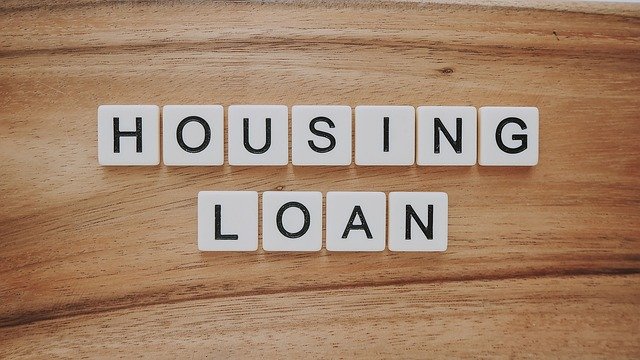Demystifying the Real Estate Market: Dissecting the Impact of Interest Rates
Interest rates remain a critical determinant in the real estate market, influencing buying, selling, and investing decisions. This article aims to demystify the role of interest rates in the real estate sector and discuss how changes in these rates can create seismic shifts in the market.
Interest rates are a pervasive economic factor that directly and indirectly govern the ebb and flow of the real estate market. They are a barometer of the broader economy and can significantly influence the decisions and strategies of buyers, sellers, and investors.
The Intricate Dance of Interest Rates and Real Estate
Interest rates and real estate share a complex relationship, where shifts in one can dramatically impact the other. High-interest rates, for instance, can make mortgage loans more expensive, consequently dampening the demand for real estate. Conversely, low-interest rates can motivate more people to borrow and invest in real estate, leading to an increase in property prices.
When the Federal Reserve raises or lowers interest rates, the effects ripple through the real estate market. Higher rates make borrowing more expensive, which can decrease demand for real estate and potentially lead to a decrease in property values. Conversely, lower rates can stimulate demand, driving up property values.
The Impact on Buyers, Sellers, and Investors
The role of interest rates is pivotal for individuals looking to buy or sell real estate. For buyers, high-interest rates can make mortgage loans more expensive, thus potentially dampening the demand for real estate. For sellers, high-interest rates can decrease the pool of potential buyers, which may lead to a slow-down in sales and possibly a decrease in property values.
For investors, interest rates can significantly impact the profitability of real estate investments. High-interest rates can decrease the potential return on investment, while low rates can increase it. However, investors should not solely base their decisions on interest rates; other factors like market conditions, property location, and economic forecasts are equally essential to consider.
Beyond the Surface: Secondary Impacts of Interest Rates
Interest rates’ influence on the real estate landscape extends far beyond direct impacts on mortgage costs. They also affect the rental market, construction industry, and even the wider economy. For instance, when interest rates are high, rental demand may increase as potential buyers hold off on purchasing. This shift can create opportunities for property investors and landlords.
Furthermore, the cost of construction loans is also tied to interest rates. When rates are low, it might motivate more construction projects, leading to an increase in housing supply.
Navigating the Interest Rate Terrain
Understanding the relationship between interest rates and real estate is crucial when navigating the property market. While it may seem daunting at first, a basic understanding can help buyers, sellers, and investors make more informed decisions.
In today’s dynamic real estate landscape, it’s essential to stay informed about interest rates and their potential impacts. Whether you’re a first-time buyer, seasoned investor, or somewhere in between, understanding this crucial relationship can be a powerful tool in your real estate arsenal.





